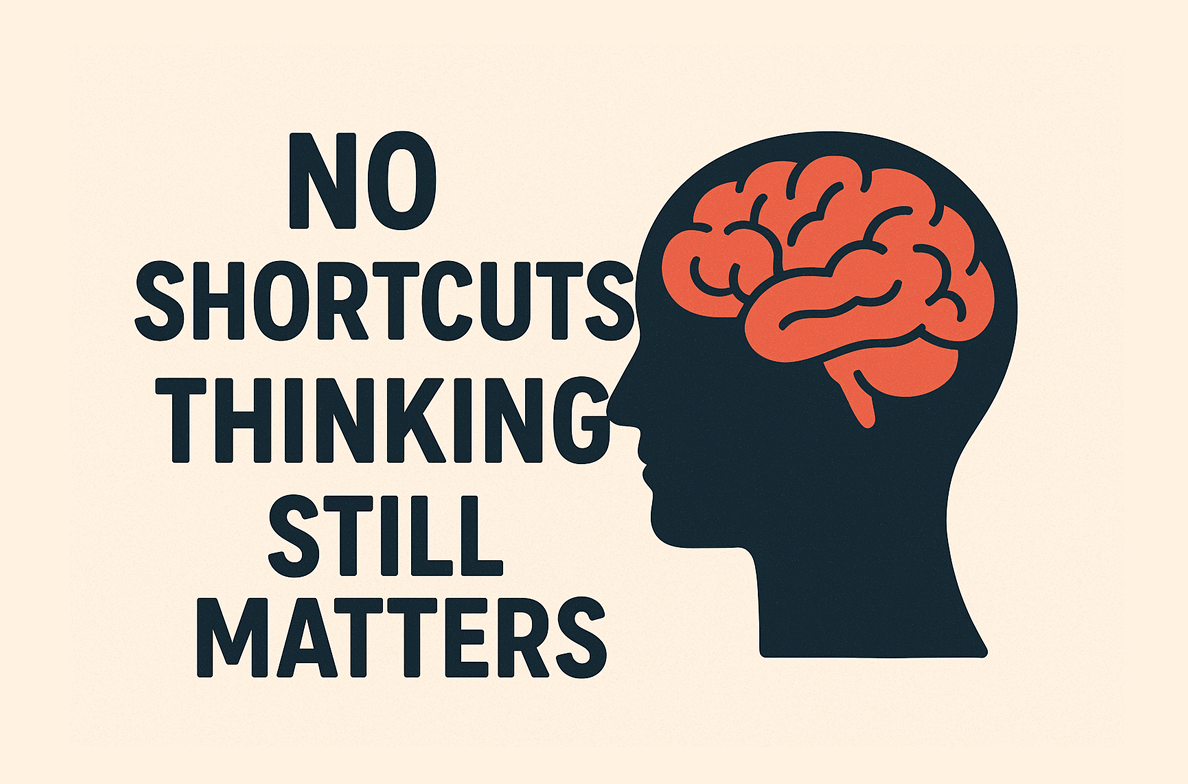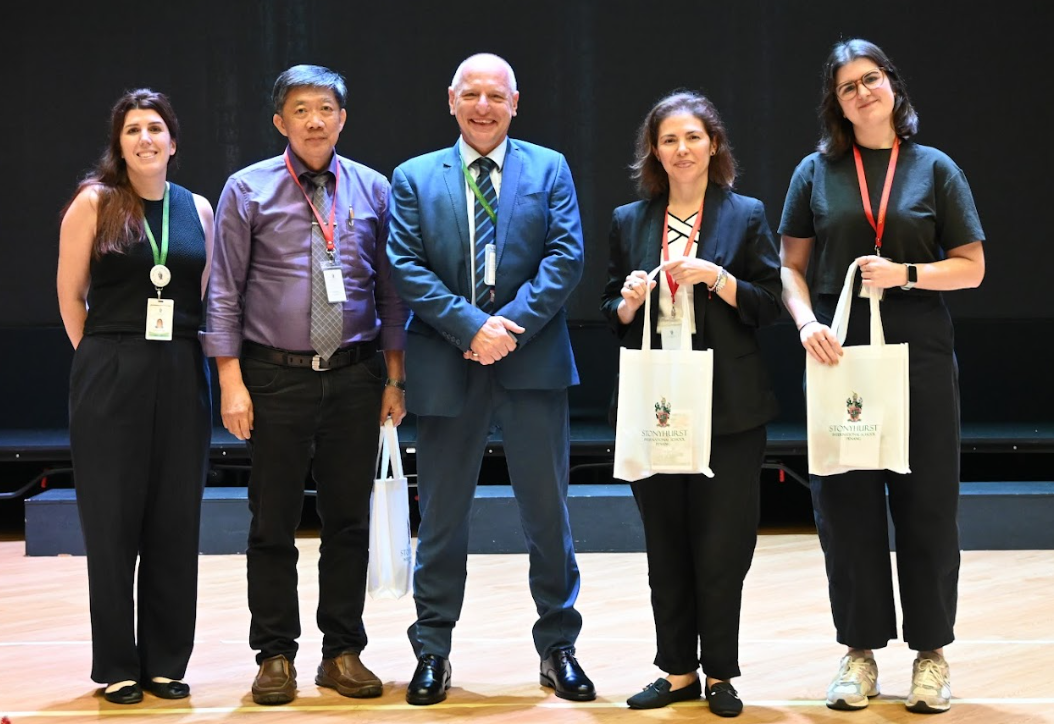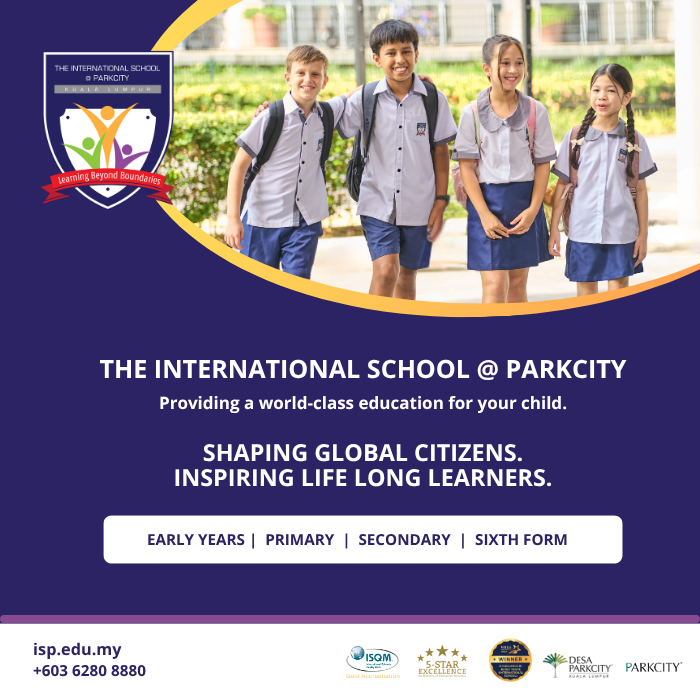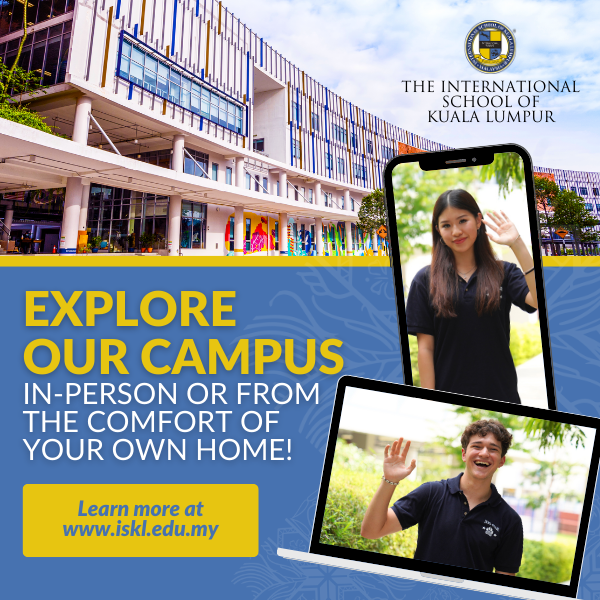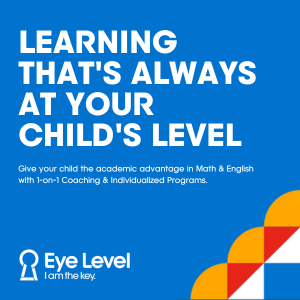
One of the more established preschool curricula - in Malaysia and globally - is the Montessori Method. Oftentimes there are local schools that call themselves “Montessori” even if the only Montessori-certified staff member on hand is the Headmistress. Then there is the difference between being Montessori-trained and Montessori-certified – which appears to be akin to the difference between merely having taken the course and passing your exams.
Additionally, for a school to be a genuine "Montessori" institution requires more more than just the staff being certified or trained in the teachings - the school's environment and educational materials must embrace the Montessori educational philosophy and practices. To attend a school that has Montessori trained staff is quite ineffectual if the school’s environment does not conform to the Montessori Method.
In this article, we will take a closer look at what the Montessori Method is and how it works.

WHAT IS THE MONTESSORI METHOD?
The Montessori Method is a method of education founded by Dr. Maria Montessori who first formulated the method for children with learning and developmental disabilities. She later adapted her method for children with normal cognition and development. The Montessori Method creates a well-planned and structured environment in which children can pursue areas of study of their interest. In other words, the child directs his or her own learning.
By allowing a child to lead, you tap into his potential for learning. Just as we find it easier to learn about things of interest to us, a child finds it easier to learn about subjects of interest to him or her. That’s not to say they can’t learn about another subject, it is just harder when his or her mind is not primed for it.
To foster a student-centered learning environment, the typical Montessori classroom incorporates the following elements:
- freedom of movement and freedom of choice for the children
- structure and order in the arrangement and sequence of the materials
- an atmosphere that is attractive, warm and inviting
- materials that provide active learning experiences
- vertical grouping (in the age ranges 2½ to 6 years, 6 to 9 years, 9 to 12 years, 12 to 15 years)
- a closeness to nature and the natural world and activities and materials that reflect the reality of life, not fantasy
Based on the Montessori philosophy, a child up to six years old requires physical materials that engage the senses to learn. Well, I think you can guess what Montessori teachers have to say about TV and computers for young children then. And if you can’t, well, here it is:
“Television . . .Is an anti-experience and an anti-knowledge machine because it separates individuals from themselves and from the environment and makes them believe they are living while they are only observing passively what other people decide to make them see.” – Dr. Silvana Montanaro, MD, Psychiatrist, Montessori Teacher-Trainer.
MONTESSORI CURRICULUM STRUCTURE
The Montessori Curriculum is broken down into the following categories:
- Practical Life
- Sensorial
- Mathematics
- Language and Literacy
- Cultural Subjects (which include Geography, History, Natural Sciences, Experimental Sciences)
- Creative Subjects (Art and Craft, Music and Movement, Drama)
However, a typical lesson can incorporate one or several of these categories depending on the direction the child chooses to take.

KEY STRENGTHS AND BENEFITS
Here are some of the key strengths and benefits of a Montessori education:
- It fosters independence and encourages individualism.
- The teacher plays a very unassuming role in the classroom. The children are not motivated by the teacher, but by the need for self-development.
- The requisite mixed-age classrooms (typically 2/3 to 6 years old) allow younger children to learn specific skill sets from older children who have mastered them.
- It emphasizes concrete learning rather than abstract learning with the belief that children need to experience concepts in concrete “hands-on” ways.
- It offers a prescribed range of activities from which children can select activities for themselves.
- It offers periods of uninterrupted working time so children have the opportunity to work through their tasks at their own pace.
- It is a child-centered environment. All of the materials are easily accessible. Children are taught to respect and be responsible for the materials they use.
For more information on the Montessori Method, visit www.montessori.org
For information on other preschool curricula available here in Malaysia, read this article by Shen-Li Lee.
* This article orginally appeared on www.figur8.net. You can read the original version by clicking here













